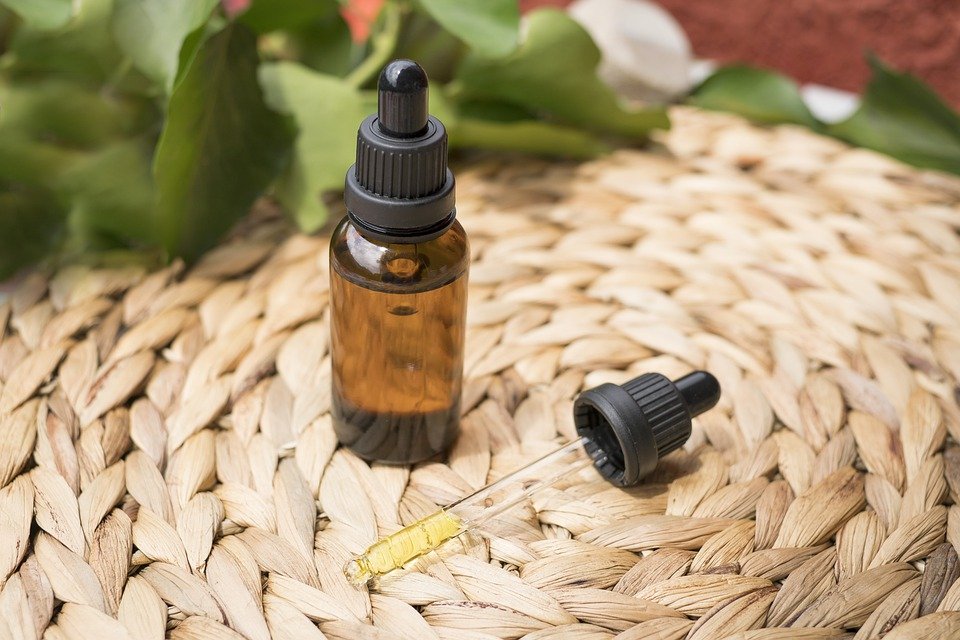In the buzzing world of health and natural healing, everyone’s chatting about cannabinoids. They’ve practically become celebrities in the wellness arena. While there are many of these compounds, CBD (cannabidiol) and CBG (cannabigerol) are the standout stars. Both have their own set of cool health perks and as they’re becoming more and more popular, it’s time we really dig into the CBG vs CBD debate. Let’s see what all the fuss is about!
Getting to Know CBD & CBG
First things first, let’s break down who these cannabinoids really are.
Most folks have heard of CBD. It comes from both hemp and marijuana plants and has been researched quite a bit. The best part? It gives all the relaxation without the buzz, meaning it doesn’t get you ‘high’ like THC does.
On the other side, we have CBG. It’s not as popular as CBD, but it’s super important. Some call it the “mother cannabinoid” because it sets the stage for other cannabinoids to form. And just like its cousin CBD, CBG keeps things chill without the psychoactive effects. It’s been showing some pretty promising signs in the wellness world too.
CBG vs CBD: Key Differences
Chemical Structure and Biosynthesis
The primary difference between CBD and CBG lies in their chemical structures and biosynthesis pathways. CBG is typically present in cannabis plants in low concentrations, as it serves as a precursor for other cannabinoids. As the plant matures, CBG is gradually converted into CBD, THC, and other compounds through enzymatic processes.
CBD, on the other hand, is synthesized directly from CBGA (cannabigerolic acid), a precursor molecule that is converted into CBDA (cannabidiolic acid), and ultimately CBD through decarboxylation. This unique biosynthesis pathway contributes to the different concentrations of CBG and CBD in cannabis plants.
Receptor Interactions
Both CBG and CBD interact with the endocannabinoid system (ECS), a complex network of receptors and molecules that plays a crucial role in maintaining balance within the body. However, their interactions with ECS receptors, specifically CB1 and CB2 receptors, differ.
CBD is known to have a relatively low affinity for CB1 and CB2 receptors, instead exerting its effects through indirect modulation of these receptors. This modulation can influence neurotransmitter release and contribute to CBD’s potential anti-inflammatory, anxiolytic, and analgesic properties.
CBG, on the other hand, is believed to interact directly with CB1 and CB2 receptors, albeit with a different binding profile than THC. This unique interaction may contribute to CBG’s potential therapeutic effects, including neuroprotection and anti-inflammatory actions.
Potential Health Benefits
CBD has gained widespread attention for its potential to alleviate a range of conditions, including anxiety, pain, inflammation, epilepsy, and sleep disorders. Clinical trials and anecdotal reports have fueled interest in CBD as a versatile and holistic wellness tool.
CBG, while less studied in comparison to CBD, has shown promise in several areas. Research suggests that CBG may have neuroprotective properties, making it a potential candidate for neurodegenerative disorders. Additionally, CBG has demonstrated antibacterial and anti-inflammatory effects, offering potential applications in skin conditions and gastrointestinal health.
CBD vs CBG: Similarities
Non-Psychoactive Nature
One of the most significant similarities between CBD and CBG is their non-psychoactive nature. Unlike THC, which is known for its intoxicating effects, both CBG and CBD do not induce a “high” when consumed. This characteristic has contributed to their growing popularity as wellness supplements.
Interaction with the Endocannabinoid System
Both CBD and CBG interact with the endocannabinoid system, albeit through different mechanisms. The endocannabinoid system plays a crucial role in maintaining homeostasis within the body, regulating various physiological processes such as mood, pain perception, immune response, and more.
CBD is believed to influence the endocannabinoid system by enhancing the effects of endogenous cannabinoids like anandamide. By inhibiting enzymes responsible for anandamide breakdown, CBD may indirectly increase its levels, contributing to potential therapeutic effects.
CBG’s interaction with the endocannabinoid system is more direct, as mentioned earlier, with its binding affinity for CB1 and CB2 receptors. This interaction may influence various physiological processes and contribute to CBG’s potential benefits.
Exploring Synergies: CBD and CBG Combined
Preliminary studies have shown that combining CBD and CBG could lead to enhanced effects in certain applications. For instance, a combination of CBG and CBD might offer improved pain relief or anti-inflammatory benefits compared to using either cannabinoid in isolation. However, more research is needed to fully understand the intricacies of this synergy and how it can be harnessed for optimal wellness.
Choosing the Right Cannabinoid for You
As the popularity of CBD and CBG continues to rise, individuals are faced with the choice of which cannabinoid to incorporate into their wellness routines. The decision ultimately depends on various factors, including personal health goals, preferences, and the specific benefits one seeks.
If you’re seeking a versatile and well-researched option with a wide range of potential applications, CBD might be a suitable choice. Its established track record in addressing conditions like anxiety, pain, and sleep disorders makes it a popular go-to for many.
On the other hand, if you’re intrigued by the emerging research surrounding CBG’s unique properties, such as neuroprotection and anti-inflammatory effects, incorporating CBG into your wellness regimen could be a promising avenue.
Final Verdict in the CBG vs CBD Battle
In the dynamic world of wellness and natural remedies, the difference between CBD and CBG offers a riveting path of discovery. These two compounds, both celebrated for their non-psychoactive traits and synergy with the endocannabinoid system, are unique in their own right. Beyond their similarities, they diverge in chemical structures, receptor engagements, and the array of potential health benefits they might bring to the table.
Whether you’re drawn to the versatility of CBD or the potential unique properties of CBG, the world of cannabinoids offers a rich tapestry of therapeutic potential waiting to be unraveled. As research continues to unfold and our understanding deepens, the comprehensive comparison between CBG and CBD serves as a guiding light for those seeking to harness the power of cannabinoids for holistic well-being.

